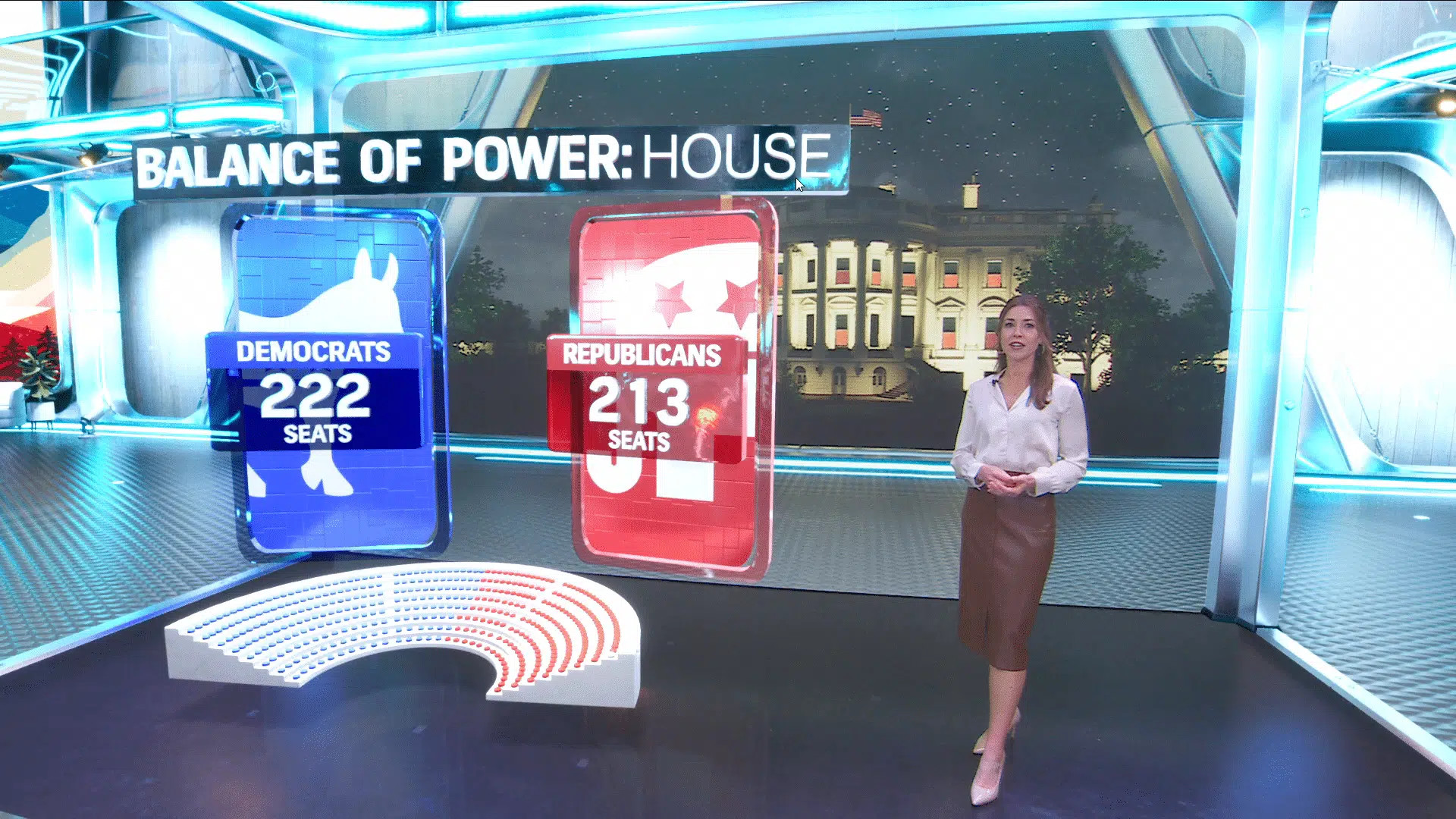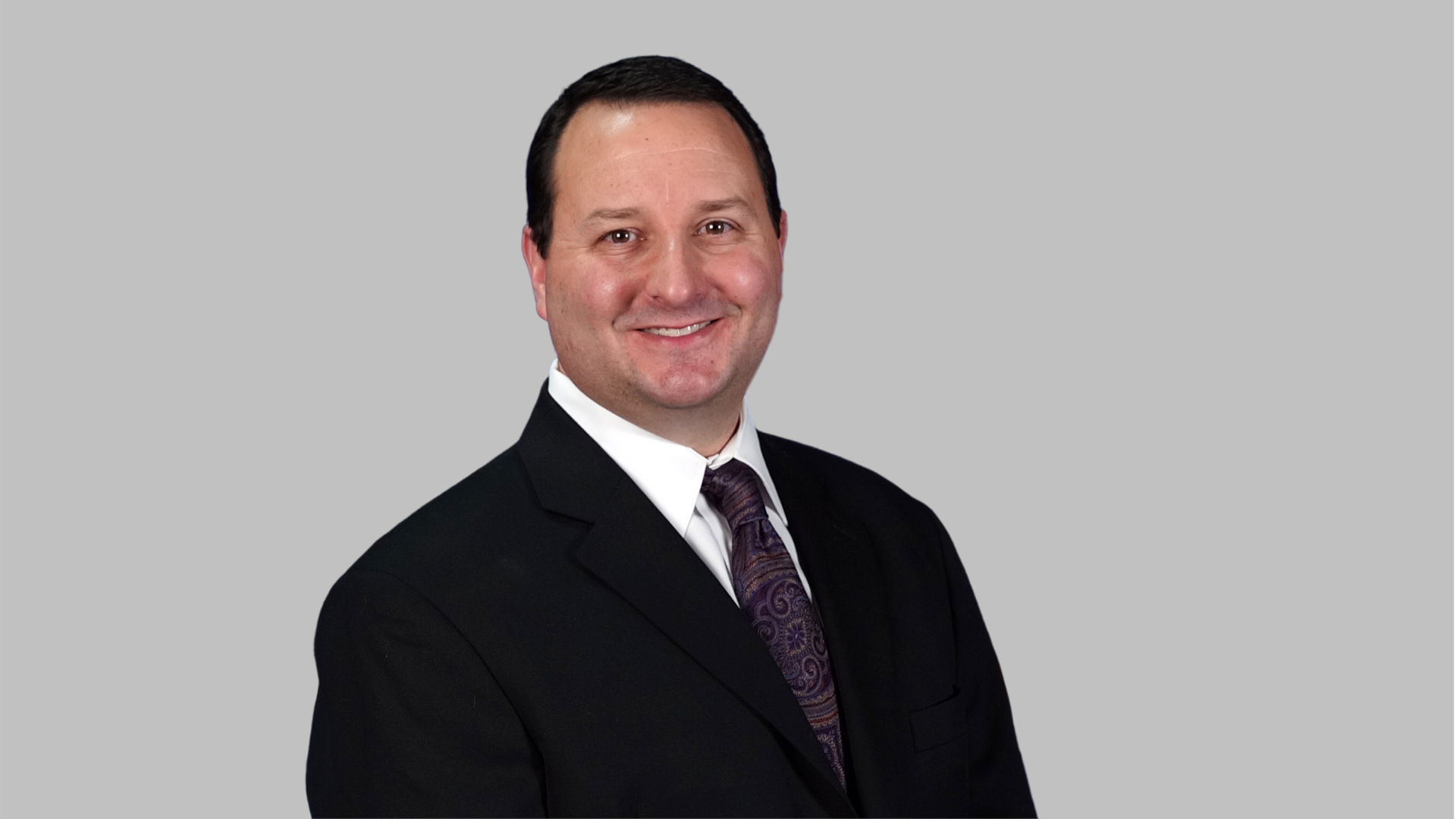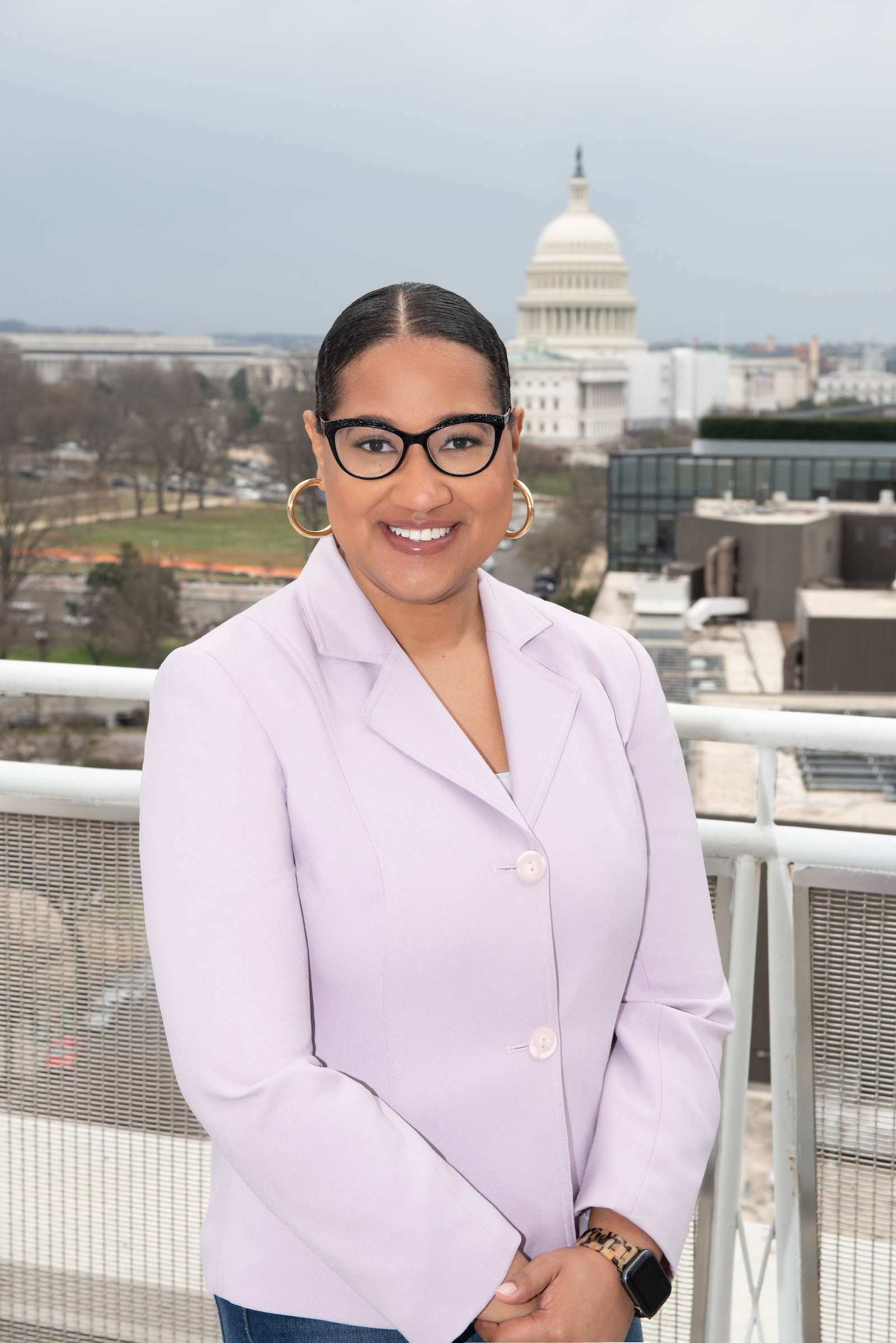
“I am excited about the idea that people really care about this… there seems to be a little less apathy. Maybe I’m hoping this election really does matter and I’m hopeful that we can also keep people focused on those down ticket races because that touches them even more than the presidential race does.”
Kim Saxon, news director at WANF in Atlanta, responsible for news programming at three local stations owned by Gray Television, along with the Atlanta News First streaming service, understands that the heightened interest during the 2024 election cycle represents an opportunity to have a big impact. Like any news pro during this season, she doesn’t intend to squander it.
“Everyone knows how important Atlanta and the state of Georgia were in the last presidential election, so the stakes are a little higher here,” Saxon said. In 2020, Georgia was the site of the historically controversial, tight presidential race and two U.S. Senate races that required runoff elections. “It’s really a needle we have to thread. If we cover the politics in the election, it can absolutely be a great way to build trust with viewers and give them information they need.”
Human Expertise
To get a sense of how local broadcasters are covering this year’s campaigns, TV Tech talked to news producers and network news management from around the country. Almost universally, the theme was consistent—trust the experts on the team to provide the most complete, unbiased information possible.
Despite the enormous growth of software-based workflows, increased newsroom automation and use of the cloud to increase compute and distribution capabilities, it’s the human expertise that remains in the spotlight.

“The expectation from our viewers is they want the information they want and they’ll make their own analysis,” said Michael Fabac, vice president of content and station promotion for the News-Press & Gazette (NPG) Co. and its 10 stations in the Midwest and western U.S. “Leading up to the election, we’ll use an analyst more for explanation of complex topics, less so for a debate between ‘Opinion A’ and ‘Opinion B.’”
The path to the White House runs through Scripps country, according to Christina Hartman, vice president and head of Scripps News, the company’s global news organization that combined Newsy with its local news organizations now covering a presidential election for the first time in 2024. “We not only have a significant geographic footprint, but a really meaningful presence from an expertise standpoint,” Hartman said. “We’re taking a real issues-based and people-based approach. Being present in these local markets with highly connected reporters means that we can bring to air the voices of real, connected authorities.”

This election cycle is sure to have heightened interest especially given this month’s shakeup that saw Vice President Kamala Harris replace President Biden as the potential Democratic candidate—along with broad uncertainty about the economy and the country’s standing on global issues. In fact, according to Insider Intelligence | eMarketer’s Forecast from January 2024 estimates that total spending this cycle will be up nearly 30% from 2020, eclipsing $12.3 billion nationally.
Multiplatform Coverage
One way local TV news outlets are looking to keep pace with demand for more and more insights—in local, state and federal races—is by increasing focus on their streaming platforms. Gray Television has stations in 113 markets, most of which have affiliated national networks that cover the federal races broadly.

“We have strong local news coverage in our 113 markets and we offer a 24/7 look at local news across the country via our Local News Live streaming platform,” said Lisa Allen, vice president of Gray’s Washington bureau. “On election night, you’re going to see what voters are thinking in Nevada, who’s on the ballot in Wisconsin, what people are thinking in Vermont. We’re using our national footprint to go back to the good old days focused on local reporters in every single pivotal market and swing state.”
Technology advancements will surely play a part in how news organizations look to keep audiences informed and win eyeballs, wherever—and on whatever device they’re watching. Notable is the work being done to get more thorough and reliable polling data to accurately and efficiently project winners.
As a reaction to the growth in mail-in and absentee ballots, Scripps News will partner with Decision Desk HQ (DDHQ), which uses technology to lower the cost of collecting election data while also increasing the speed. DDHQ claims they were first to call both the 2016 and 2020 presidential races.

“The traditional method of race calling had relied on large teams of stringers positioned across the country,” Scripps’ Hartman explained. “I would never prioritize being first over being right, but we think it’s possible to be both.”
The Tools
Ensuring that even the smallest, local stations have access to breaking news of regional or national importance is also a growing priority for networks and station groups. No news outlet in the country wants viewers to have to hop to another station to hear about something big that’s blowing up social media. Cloud connectivity and digital communications ensure this type of content sharing is simple and instant, right? You might be surprised. Organizations we talked with have a wide range of solutions to this problem.
NPG standardized its stations on the Inception newsroom solution from Ross that simplifies the sharing of content through its Horizon interconnection system. Gray stations use BitCentral’s Oasis platform in its stations to facilitate simplified content sharing. Scripps and Gray have also supplemented vendor systems with homegrown solutions, specific to their unique needs, such as real-time alerts from each market’s coverage.
Still, sometimes doing things the old-fashioned way through word of mouth or email is the most effective.
Such tactics may not work so well when dealing with one of the biggest potential threats to election coverage: disinformation or misinformation created by Generative AI.
“The rising prevalence of deepfakes make it increasingly burdensome for both our newsrooms and users to identify and distinguish legitimate, copyrighted broadcast content, from the unvetted and potentially inaccurate content being generated by AI,” NAB President/CEO Curtis LeGeyt told Congress earlier this year.
Everyone agreed that specific workflows and policies were either developed or in development to ensure they’re eliminating the likelihood of so called “deepfakes” from making it on their air.
Scripps’ Hartman, who co-chairs her company’s AI governance committee said, “We stood up a disinformation desk to be really well-positioned to debunk disinformation—in other words we want to look at what appears to be intentional misinformation. And we have to very transparently illustrate how we know what we know. We’re looking for technology partners in deepfake detection.”
In a campaign and election cycle that’s so important to TV news professionals and the entire country, it seems that getting the best information on the air is a more complex puzzle than ever. l







